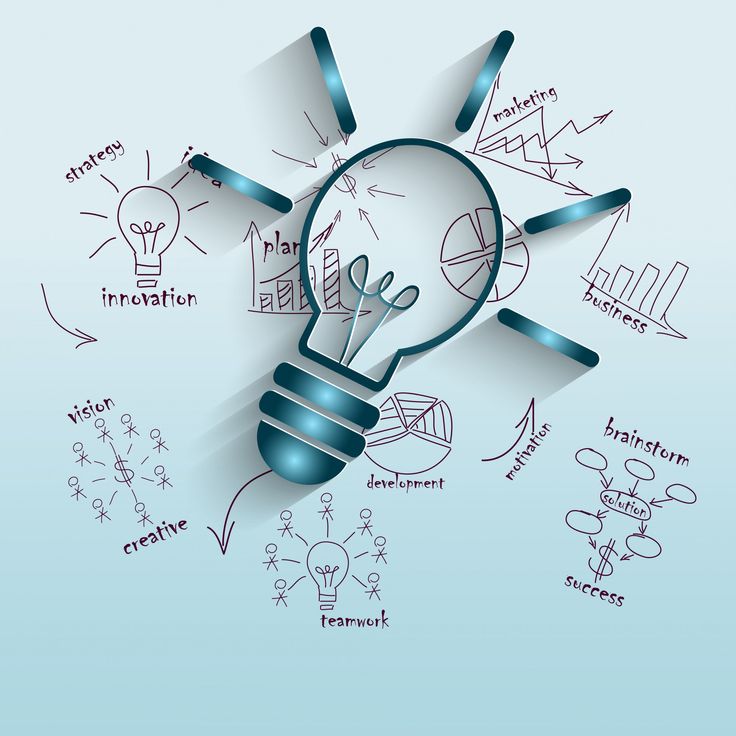A logo is the face of your brand, serving as a visual representation of your business’s identity. It plays a crucial role in establishing recognition, building trust, and differentiating you from competitors. A well-designed logo isn’t just an image—it’s a strategic asset that tells your brand’s story and connects with your audience.
If you’re considering crafting a logo, either on your own or with professional logo design services, understanding the essentials of logo design is the first step toward success.
Table of Contents

Meta Description: Learn how professional logo design services create a memorable brand identity with timeless principles and creative insights.
Why is a Logo Important for Your Brand?
A logo does much more than decorate your website or business card. It serves several critical purposes:
- First Impressions Matter: A logo often provides the first interaction customers have with your brand. A strong design can make that moment unforgettable.
- Brand Recognition: Over time, logos become synonymous with brands. Think of McDonald’s golden arches or Nike’s swoosh—these are instantly recognizable.
- Professionalism and Trust: A polished logo signals that your business is credible and trustworthy, giving potential customers confidence in your brand.
- Marketing Impact: Logos unify your branding efforts, from social media to packaging, creating a consistent visual identity.
What Makes a Great Logo?
Crafting a great logo involves balancing creativity with strategy. The best logos adhere to the following principles:
- Simplicity: Avoid clutter. A clean, straightforward design is easier to recognize and remember.
- Relevance: Your logo should align with your industry and audience. A whimsical logo may work for a children’s brand but not for a law firm.
- Timelessness: Stay away from fleeting trends. A good logo remains relevant for decades.
- Memorability: Unique, well-thought-out designs leave a lasting impression.
- Versatility: A logo should look great across mediums, whether it’s printed on a pen or displayed on a billboard.
Types of Logos: Choosing the Right Style
Logos come in various styles, and selecting the one that fits your brand is vital:
- Wordmarks: Focus entirely on typography, like Google or Coca-Cola.
- Icons: Use graphic symbols, such as Twitter’s bird or Apple’s apple.
- Combination Marks: Combine text and imagery, like Adidas or Starbucks.
- Emblems: Encircle text within a design, as seen in Harley-Davidson logos.
Each style conveys different aspects of a brand’s personality, so choose carefully to align with your message.
The Logo Design Process
Creating a logo is a methodical process that ensures the final product resonates with your target audience:
- Research: Understand your brand values, target audience, and competitors.
- Brainstorm: Sketch ideas and experiment with shapes, colors, and fonts.
- Develop Concepts: Focus on refining a few strong ideas digitally.
- Gather Feedback: Share designs with key stakeholders for constructive input.
- Finalization: Polish the design and create versions suited for different uses.
Colors and Fonts: The Building Blocks of Logo Design
- Colors: Different colors evoke different emotions. Blue often represents trust, red signifies passion, and green symbolizes growth. Stick to 2-3 colors for simplicity.
- Fonts: Fonts communicate personality. Serif fonts are traditional, sans-serif fonts are modern, and script fonts add elegance.
Choose elements that align with your brand identity and audience expectations.
DIY vs. Hiring Professional Logo Design Services
While DIY logo makers like Canva or Look are accessible and budget-friendly, professional logo design services bring expertise and originality to the table.
- Benefits of DIY: Cost-effective and fast for simple needs.
- Benefits of Professionals: Designers provide custom creations, ensuring your logo is unique and polished. They also deliver scalable file formats for diverse applications.
Tips for a Memorable Logo
- Incorporate Hidden Meanings: Subtle details, like the arrow in FedEx’s logo, can make designs more intriguing.
- Test Scalability: Ensure your logo looks great on both large banners and small labels.
- Stick to Simplicity: Avoid overly complex designs that can confuse your audience.
- Seek Feedback: Fresh perspectives can reveal overlooked improvements.
FAQs
What makes a logo successful?
A successful logo is simple, memorable, versatile, and relevant to the brand’s industry and audience.
How much should I budget for a logo design?
Costs vary from free templates to thousands of dollars for professional services. Choose based on your needs and budget.
Can I update my logo later?
Yes, many brands evolve their logos over time to stay relevant while retaining key elements of their original design.
What file types do I need for my logo?
Request vector formats like AI or EPS for scalability, along with PNG and JPG for everyday use.
